The Titan Krios, a type of cryo-electron microscope, is well-named. It’s very large — imagine a gigantic, modern freezer — and its sleek protective façade, once opened, reveals a host of complex equipment. The Arnold and Mabel Beckman Foundation, with a $2.5 million contribution to UW Medicine, is helping to bring this behemoth to Seattle.
Justin Kollman, Ph.D., UW assistant professor in the Department of Biochemistry, is more than excited by the foundation’s investment. “I co-direct a lab that does sophisticated microscopy,” says Kollman (pictured in a blue shirt). “But we needed an instrument like the Titan to take our work to the very highest level.”
The new instrument, made available to a consortium of more than a dozen researchers, will have a significant effect on many projects. “It is hard to overestimate the impact this microscope will have on the whole Seattle structural biology community,” says Trisha Davis, Ph.D., chair of the Department of Biochemistry and the Earl W. Davie/ZymoGenetics Endowed Chair in Biochemistry.
The microscopes that many of us had in high-school biology used light and glass to magnify samples. Electron microscopes, in contrast, use electrons and magnetic lenses to produce magnified images. Cryo-electron microscopes like the Titan take the process one step further by using frozen samples. In this way, specimens don’t need to be fixed or dyed, processes which can interfere when studying very fine structures.
“Cryo-electron microscopes can show us objects at near-atomic resolution,” says David Veesler, Ph.D., UW assistant professor of biochemistry and the co-director of the microscopy lab (pictured in a black sweater). “It’s a powerful way to understand cellular structures, or the structures of viruses and proteins,” he says. “And once you understand these systems, you begin to put together a more complete picture of health and disease.”
Anne Hultgren, Ph.D., executive director at the Arnold and Mabel Beckman Foundation, notes that her organization chose only five institutions in the U.S. to receive funding for cryo-electron microscopes. UW Medicine — which will partner with Fred Hutchinson Cancer Research Center to use the new instrument — was one of them.
“We wanted to make the biggest impact we could,” says Hultgren. “In UW Medicine’s case, we knew that Dr. Kollman, Dr. Veesler and their colleagues were doing such good work that their lab was maxed out — in fact, they had to use other labs to complete some of their studies. We knew they’d put the extra imaging power to really good use.”
Kollman can vouch for the impact the Arnold and Mabel Beckman Foundation’s contribution is going to make.
“We want to understand the inner workings of molecular machines in a broad range of fields — metabolism, cancer, stress responses, infectious diseases, designer proteins and more — these are all things that the Titan will let us do more far more accurately and quickly,” says Kollman. “We and the Hutch also plan to hire more researchers who focus on cryo-electron microscopy.”
Hearing this would please Arnold and Mabel Beckman, who believed strongly in investing in science and supporting junior scientists. And in taking risks.
“Justin and I work with a lot of inventive and entrepreneurial people here and at the Hutch,” says Veesler. “Thanks to the Beckman Foundation, we have big plans to move science forward.”
